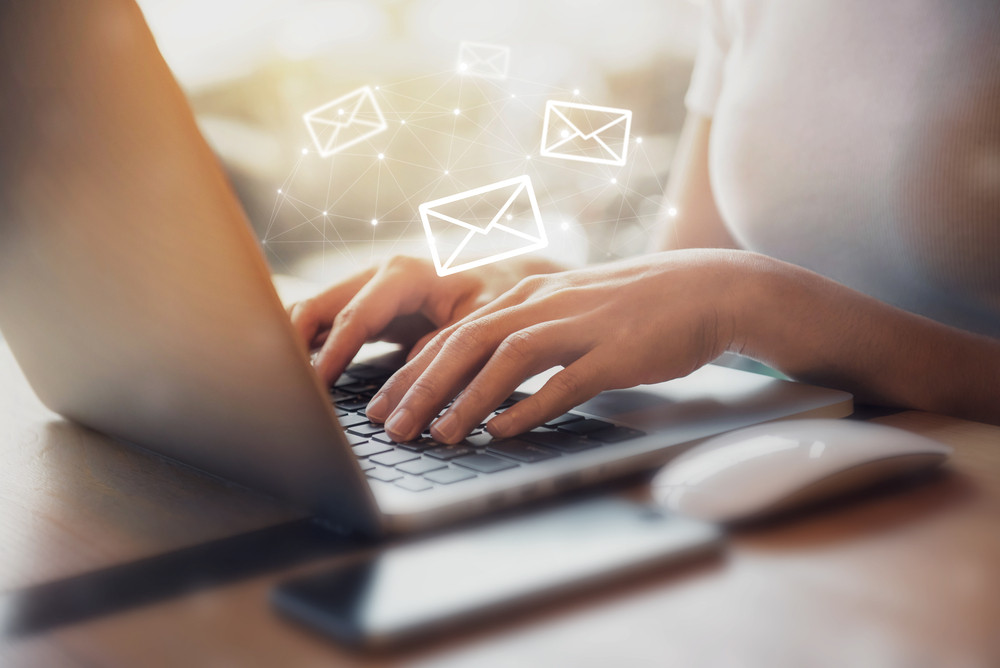Popular Reads
Top Results
Can't find what you're looking for?
View all search resultsPopular Reads
Top Results
Can't find what you're looking for?
View all search resultsTips for better emailing etiquette
Here are some tips to avoid common email mistakes.
Change text size
Gift Premium Articles
to Anyone
I
f you feel overwhelmed with work and whatnot, you might want to check your inbox. The ability to reach anyone anytime by email has led to a flood of information. According to marketing firm Radicati Group, the number of emails circulating in the world amounts to a whopping 246.5 billion per day. This is expected to reach 250 billion by next year.
Yet, despite the burgeoning number of emails we send and receive every day, email etiquette remains elusive for most people.
Here are some tips to avoid common email mistakes, as compiled by Bloomberg Markets editor-at-large Betty Liu on Inc.com:
Proofread your emails
Grammar is hard, but misspelling and grammar mistakes can be avoided by proofreading your email before hitting send. Also, don't be that person who capitalizes words in order to make a point. There are free tools available online to help you with grammar and spellings.
Check the receiver field
The "to" field is located on top of the email, implying its priority, and yet people send wrong emails to the wrong person all the time. Make sure to double check the receiver email, whether to make sure the name is correct or whether you made a typo in the domain part (it happens).
Use BCC sparingly
The blind copy function is there for a reason, but make sure the person you include in the bcc list is on the loop to keep it secret. There are cases when people in a BCC list click "reply to all" instead of just "reply" thereby defeating the purpose of having a blind copy in the first place.
"Reply all"
We all know one coworker who replies to a company-large announcement email with a "noted, thanks" and sends it to everyone. Do not be that person.
Read also: 5 overlooked secrets of a great email
Silence
A simple "noted and thanks" is enough. More often, people do not actually need the reply but to make sure that you have actually read their message.
Subject line
Gmail groups send emails with the same subject line in one chain, making it difficult to search for that important information you are certain you have. Label subject lines with simple keywords that include the topic of the conversation.
Aggressive labels
Marking your email as "urgent" or "reply ASAP" when it is not really urgent only lead to your emails being ignored by the recipients.
Be concise
Emails are more formal than chats, so people have a tendency to ramble on. As long as you greet the recipient and introduce yourself properly, there is no reason to write a lengthy story before you make your point.
Late night emails
Your colleagues will not appreciate the fact that you send an email at 4 a.m. Besides, they will not reply anyway. While we're at it, do not reply to emails so late at night when you're exhausted and ready for sleep. Chances are the emails can wait until tomorrow.
Emotional emails
There are times when you need to get something off your chest. However, not everything you need to say needs to be heard. If you really need to let off some steam, write the email but then save it as a draft. Only look at the email again when things have cooled down a little, and most likely you'll discard the rants altogether. (dev/wng)











